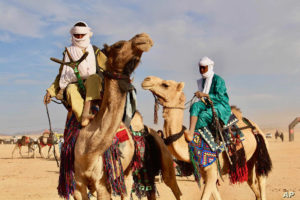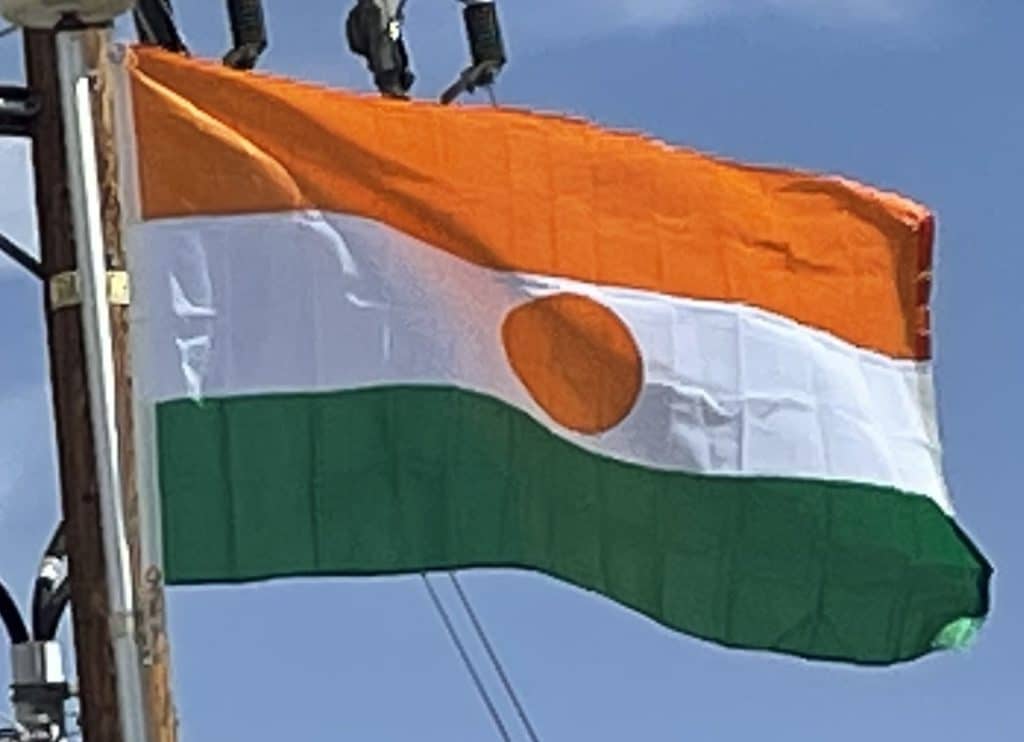Introduction:
Niger, officially the Republic of the Niger, is a landlocked country in West Africa named after the Niger River. Niger is bordered by Libya to the northeast, Chad to the east, Nigeria to the south, Benin and Burkina Faso to the southwest, Mali to the west, and Algeria to the northwest. Niger covers a land area of almost 1,270,000 km2 (490,000 sq mi), making it the largest country in West Africa. Over 80% of its land area lies in the Sahara Desert. The country’s predominantly Muslim population of about 22 million live mostly in clusters in the far south and west of the country. The capital and largest city is Niamey, located in Niger’s southwest corner.
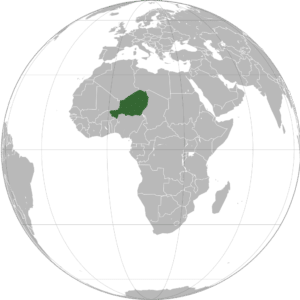
Niger is a developing country, which consistently ranks near the bottom in the United Nations’ Human Development Index (HDI); it was ranked 187th of 188 countries for 2015 and 189th out of 189 countries in the 2018 and 2019 reports. Many of the non-desert portions of the country are threatened by periodic drought and desertification. The economy is concentrated around subsistence agriculture, with some export agriculture in the more fertile south, and export of raw materials, especially uranium ore. Niger faces serious challenges to development due to its landlocked position, desert terrain, inefficient agriculture, high fertility rates without birth control and resulting overpopulation, the poor educational level and poverty of its people, lack of infrastructure, poor healthcare, and environmental degradation.
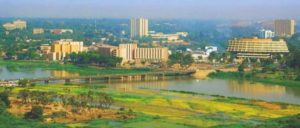
Nigerien society reflects a diversity drawn from the long independent histories of its several ethnic groups and regions and their relatively short period living in a single state. Historically, what is now Niger has been on the fringes of several large states. Since independence, Nigeriens have lived under five constitutions and three periods of military rule. After the military coup in 2010, Niger became a democratic, multi-party state. A majority of the population lives in rural areas and has little access to advanced education.
History:
Prehistory:
Humans have inhabited the territory of modern Niger for millennia; stone tools, some dating as far back as 280,000 BC, have been found in Adrar Bous, Bilma and Djado in the northern Agadez Region. It is thought that these early humans lived a hunter-gatherer lifestyle.
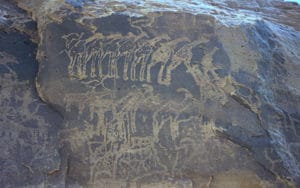
In prehistoric times the climate of the Sahara desert was much wetter and more fertile than it is today, a phenomenon archaeologists refer to as the ‘Green Sahara’, which provided favorable conditions for hunting and later agriculture and livestock herding.
Empires and Kingdoms in Pre-Colonial Niger:
Our knowledge of early Nigerien history is limited by the lack of written sources, though it is known that by at least the 5th century BC the territory of modern Niger had become an area of trans-Saharan trade. Led by Tuareg tribes from the north, camels were as a well-adapted means of transportation through what was now an immense desert.
